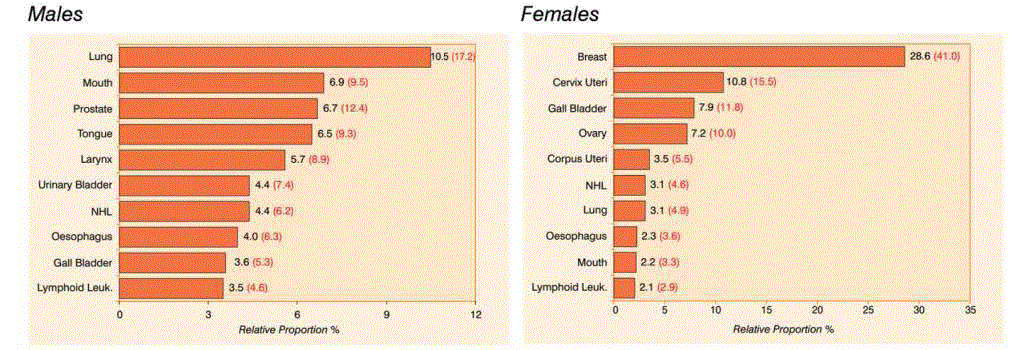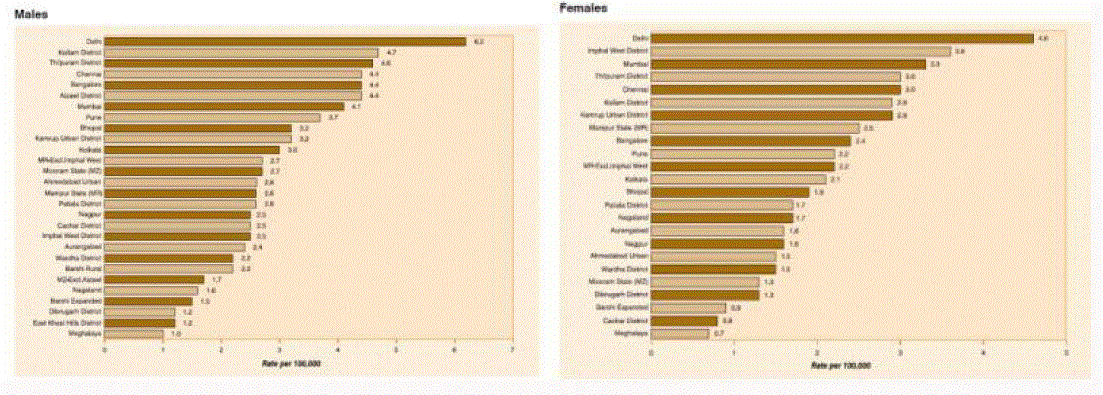Mini Review
Novel Training Methods for the New Age Oncologist
Harish Krishnamachar*, Ram Charith Alva and Kirthi Koushik Agrahara Sreenivasa
Department of Surgical Oncology, HCG MSR Cancer Center, M S Ramaiah Medical College, India
*Corresponding author: Harish Krishnamachar, Department of Surgical Oncology, HCG MSR Cancer Center, M S Ramaiah Medical College, India
Published: 08 May 2017
Cite this article as: Krishnamachar H, Alva RC, Sreenivasa
KKA. Novel Training Methods for the
New Age Oncologist. Clin Oncol. 2017;
2: 1283.
Abstract
In the ever evolving field of oncology, the challenge is in not just providing the best available treatment option for patients, but also in adequately training the next generation of oncologist in the skill set required for the appropriate use of technology. Also, unlike in other specialties, newer techniques are developed and introduced for clinical use at a rapid pace. Hence the latent period for bench to bedside application of therapy is shorter requiring a more comprehensive & updatable training program for residents. When comparing the three broad branches of oncology, it’s the surgical & radiation oncologists who would definitely need a more hands on approach to inculcate best practices of various techniques and procedures used. Surgeons for centuries have used extensive, open and large field procedures to deliver the tumours en masse in the hope of providing good control rates. However, with development of operating microscopes, smaller ports and robotic accessories the tumor visibility, accessibility and operability has improved. On the flip side, mastering these methods demand a specific and intense training schedule. Similarly in the radiation oncology community, for almost a century since the discovery of radium, training was limited to understanding of concepts of conventional radiotherapy and modifying the treatment plans to these concepts. But the new age throws up new challenges with modern three dimensional imaging, state of the art treatment planning & delivery systems, guidance & verification modes as well as flexible & versatile applicators for modern brachytherapy use. All these methods entail a proper understanding & sufficient pre-clinical hands on exposure for trainees prior to its use on actual patients. A brief outline of some unique training methods has been mentioned here.
Medical Virtual Simulator Systems
Main purpose of these is to provide virtual case scenarios and clinical situations so as to allow surgeons to reduce accidents during surgery and simulate critical and difficult maneuvers to enable an optimum hands on experience[1]. Types of commercially available systems include full-scale mannequins (discussed later), partial task trainers, screen-based simulations and hybrid simulation models [2,3]. In oncology, the primary areas of interest would include gaining expertise in laproscopic/endoscopic procedures, robotic manipulation, minimally invasive surgical techniques and also in simpler tasks like managing emergencies, vascular access, suturing & aesthetic maneuvers to name a few. However, though there is no clear evidence to suggest that simulators can enhance clinical outcome, recent years have suggested a definite positive impact on training modules.
Table 1
Table 2
Table 3
Table 3
Comparative analysis of the patient’s characteristics and response in published Indian studies.
Figure 1
Figure 1
Ten leading sites of cancer in the population of Delhi among males and females. (Age adjusted rates given in red).
Cadaveric Training Programs
The human cadaver based teaching which was always used for fine tuning a surgeons skill historically, had lost its appeal till recently. With the newer cadaveric laboratories deriving the latest embalming and preservation methods, pliability of the bodies have improved to give an almost life-like experience [3]. Neurosurgical/ skull base surgeries, implant-based techniques, organ-sparing and reconstructive procedures can be impressed upon with these programs. Though blood loss cannot be simulated here, the other dynamics that come into play during major surgeries can be experienced. Recently we conducted the world's first cadaveric head/ neck and gynecological cancer brachytherapy workshop with an intention to instill confidence to do the procedure as well as spread correct practices [4]. It was very well received by attendees with a demand for more such programs.
Figure 2
Figure 2
Comparison of Age Adjusted incidence rates of all Population based cancer registries: NHL (ICD-10:C82-C-85) among males and females.
Mannequin (Phantom) based Training Programs
Full scale mannequins or High-Fidelity simulators have also gained acceptance over the last few years. They provide reasonable anatomic fidelity as long as topology is not altered [2]. So minimally invasive procedures such as central line/PICC line placements, laparoscopic/ endoscopic procedures, intrathecal/pleural drug delivery techniques, urological and other pelvic procedure simulation can be applied. There are newer hybrid models where body cavities are mimicked along with providing Virtual Reality (VR) modes to help surgical oncology trainees. Organ or site based anthropomorphic phantoms have also been developed to help with brachytherapy training. Breast, gynecological and prostate brachytherapy models have initially been tried with variable success. Still in its infancy, synthetic pliability, reusability and costing appear to be challenges. These newer modes of training are useful tools in building skills, establishing best practices & assessing competency for trainees [1]. However, as there is a scarcity of evidence to suggest definite clinical advantage, there is a need to standardize and define adequate guidelines for its use in professional oncological training programs.
References
- Milburn JA, Khera G, Hornby ST, Malone PS, Fitzgerald JE. Introduction, availability and role of simulation in surgical education and training: review of current evidence and recommendations from the Association of Surgeons in Training. Int J Surg. 2012;10(8):393-8.
- Kevin Kunkler. The role of medical simulation: an overview. Int J Med Robot. 2006; 2: 203-210.
- Cosman P, Hemli JM, Ellis AM, Hugh TJ. Learning the surgical craft: a review of skills training options. ANZ J Surg. 2007;77(10):838-45.
- Alva RC, Agrahara Sreenivasa KK, Gururajachar JM. The nuances of brachytherapy taught by teachers from beyond: Questionnaire-based assessment of the first cadaveric hands-on brachytherapy workshop in India. Brachytherapy. 2016;15(5):593-7.



